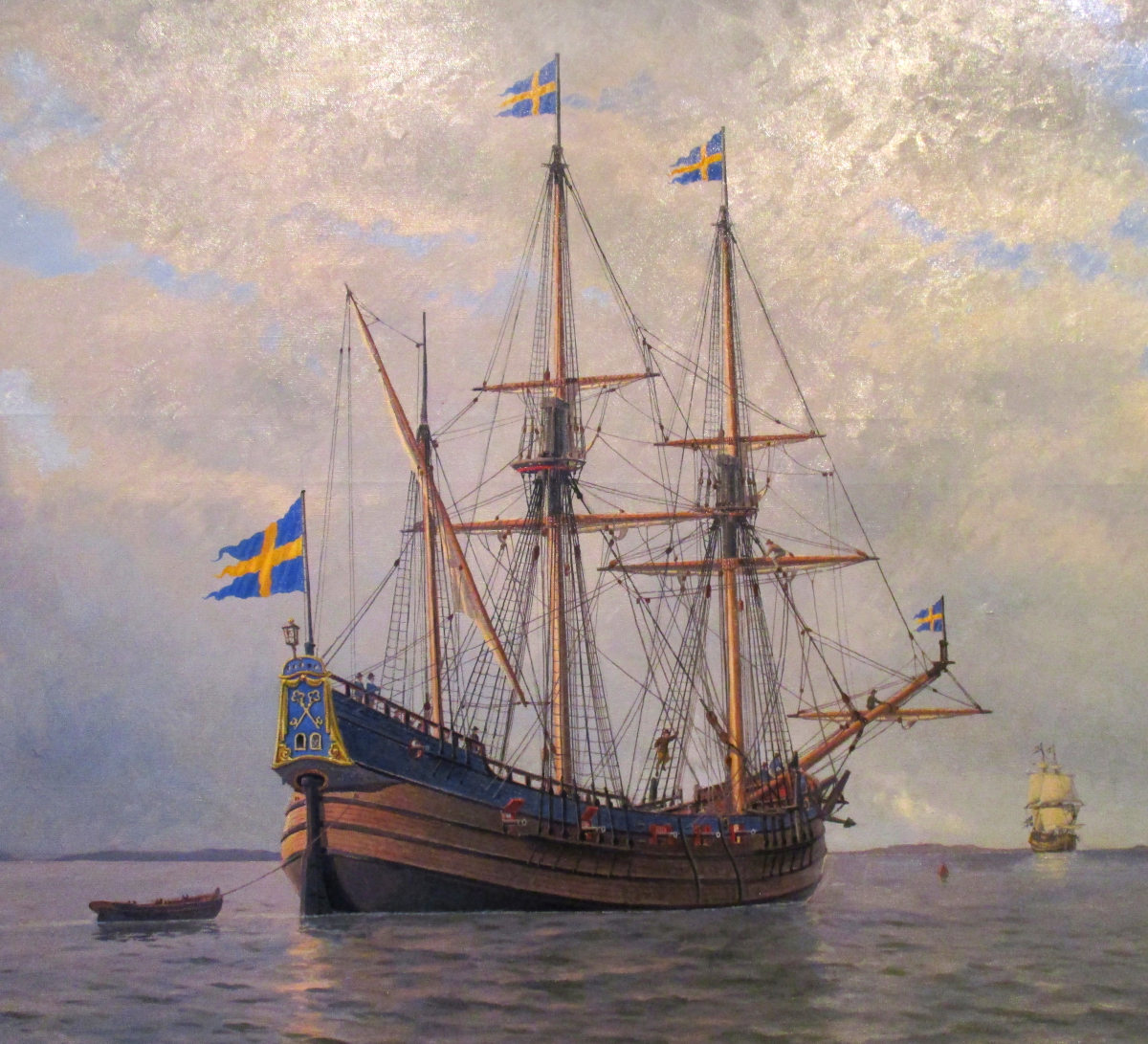Sweden’s 65,000 shelters have enough space for 7 million people, and are mainly for use in larger towns and cities which can be difficult to evacuate. You can recognise them easily – all shelters display a sign comprising of a blue triangle inside an orange square, over the word skyddsrum in capital letters.
Which shelter do I belong to?
You are not assigned a specific shelter, but are advised to attend the shelter closest to your location. They are often located in apartment cellars, but can also be found in metro stations or commercial buildings.
Don’t worry if your apartment building’s shelter is currently used for another purpose, such as bike parking or for storage. Shelters are designed to be used for other purposes in peacetime, and must be emptied within 48 hours’ notice by the building’s owner in the event of an alarm.
A full list of Sweden’s shelters is available here – just type in your address in the top left-hand corner under sök skyddsrum to find out where your nearest shelter is.
How do I know when to go there?
Have you ever heard an unexplained loud honking noise around 3pm on a Monday? That’s “Hoarse Fredrik”, Sweden’s alarm system used for warning the population in the event of a life-threatening situation in peacetime.
The siren system is tested in populated areas all over Sweden, on the first Monday of March, June, September and December at three o’clock on the dot. If you hear Hoarse Fredrik outside of these times, he’s warning the public of danger such as a big fire or an explosion.
But this signal (seven-second blasts interspersed with 14-second silence, followed by a longer signal which indicates ‘hazard over’) does NOT mean you should head to your nearest shelter, only that you should go inside, close all windows and turn on Swedish public radio.
In wartime, on the other hand, the air raid alarm (which consists of a signal with regular two-second bursts, lasting for a minute in total) will instead be used, and when you hear that you should head to your nearest shelter, and again, turn on the radio.
What facilities are there in a shelter?
In a shelter which has been correctly prepared, there should be water, heating, ventilation and toilets. There is no food. The Swedish Civil Contingencies Agency recommends that you take the following with you:
- a torch
- bottled water
- food which can be stored at room temperature
- hygiene products
- toilet paper
- medicine
- first aid kit
- warm clothes
- valuables (ID card, cash, debit or credit card)
- keys
- mobile phone and charger or powerbank
A complete checklist is available on pages 10 and 11 of the agency’s brochure, “If Crisis or War Comes”.
Shelters are designed to protect against gases used in war, as well as shockwaves and shrapnel from a bomb weighing up to 250 kilos. They should be able to provide shelter for up to three days.





 Please whitelist us to continue reading.
Please whitelist us to continue reading.
Member comments